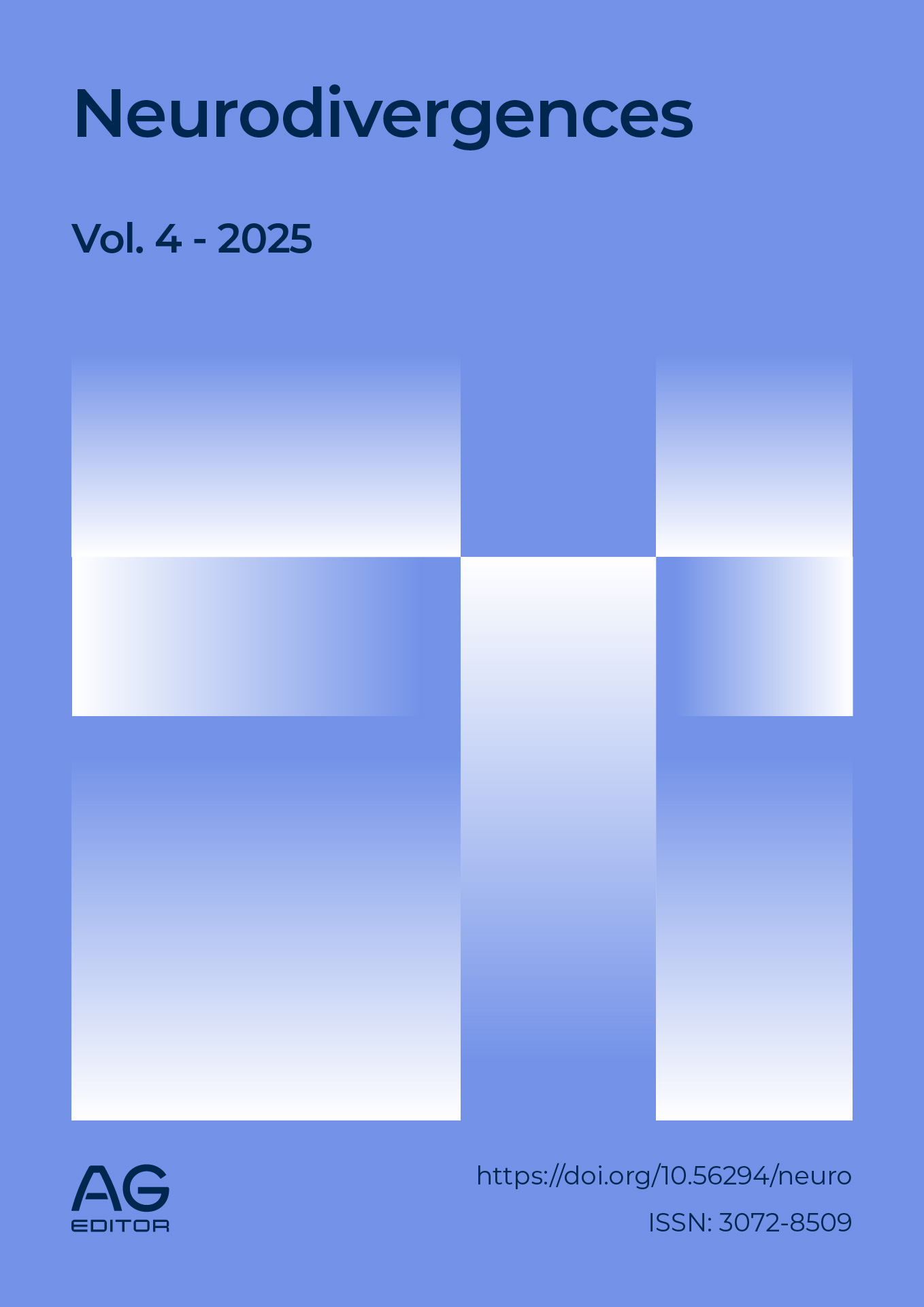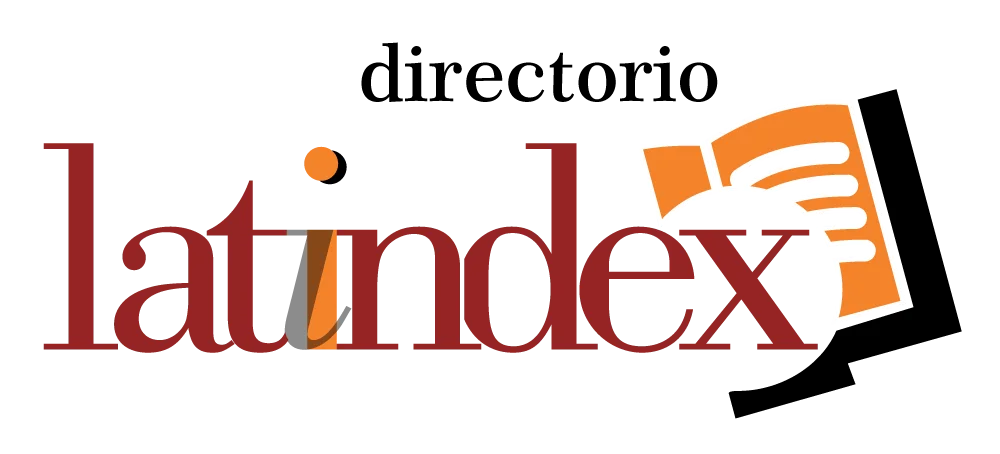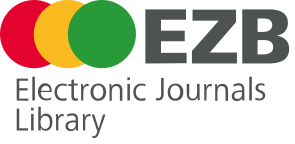Attention and diversity in early education: bases, strategies and normative framework
DOI:
https://doi.org/10.56294/neuro2025206Keywords:
inclusive education, attentional capacity, didactic strategies, specific educational needs, early education, early childhood educationAbstract
Introduction: The text placed attention to diversity as a pillar of early education and interpreted attentional capacity as an enabling condition for learning and self-regulation. It argued that this capacity depended on internal and external factors, and that its early stimulation favored performance, coexistence and social adaptation, especially in children with specific educational needs (SEN). He also stated that inclusion transcended mere presence and required an ethical and professional commitment materialized in flexible and collaborative pedagogical practices.
Development: He explained that didactic strategies functioned as an operational bridge between the principles of inclusion and practice. It was described that, when they were multisensory, structured and culturally situated, they allowed adjusting how to teach without giving up what to learn. She detailed attention progressions between 3 and 5 years of age (stability, volume and concentration) and linked their strengthening with predictable environments, visual supports, play and explicit teaching. He reinterpreted the role of the teacher as a mediator who observed, evaluated formatively, identified barriers and coordinated with families and teams. Finally, he pointed out that the Ecuadorian legal and curricular framework obliged to guarantee access, participation and achievement, enabling access, non-significant and significant adaptations.
Conclusions: He concluded that consolidating an inclusive early education required planning based on the real profile of each child, affective and structured environments, continuous evaluation focused on progress and school-family-community work. She recommended strengthening teacher training in neuroeducation applied to care, creating banks of accessible strategies and materials, and monitoring with equity and learning indicators, in order to turn the normative promise into daily experience for all.
References
Astudillo J, Carpio B. Diseño de un sistema modular automático de riego presurizado por goteo, de agua y minerales para plantaciones de árboles frutales [tesis]. Cuenca (EC): Universidad Politécnica Salesiana; 2022.
Espinosa-Cevallos P. Efectos de las Tecnologías de la Información y Comunicación en la educación. Polo Conoc. 2024;3(1):1-12. Disponible en: https://polodelconocimiento.com/ojs/
García Zambrano CP, Barragán Rosado CJ, Villamarín Córdova K. Estrategias didácticas para mejorar la atención y concentración en estudiantes de nivel inicial. Rev Soc Fronteriza. 2025;5(2):e692. doi: 10.59814/resofro.2025.5(2)692
García A. ¿Qué son las redes neuronales y cómo funcionan? Univ Cent Ecuador. 2021 [citado 2025 sep 1]. Disponible en: https://www.ucentral.edu.co/noticentral/redes-neuronales
Hernández R, Fernández C, Baptista P. Metodología de la investigación. 6.ª ed. México DF: McGraw-Hill; 2014.
Ministerio de Educación del Ecuador. Currículo Educación Inicial. Versión web. Quito: Ministerio de Educación; 2014. Disponible en: https://educacion.gob.ec/wp-content/uploads/downloads/2016/03/CURRICULO-DE-EDUCACION-INICIAL.pdf
Ministerio de Educación del Ecuador. Política Nacional de Convivencia Escolar. Quito: Ministerio de Educación; 2021. Disponible en: https://educacion.gob.ec/wp-content/uploads/downloads/2021/04/Politica-Nacional-de-Convivencia-Escolar.pdf
Narváez León I, Fárez Loja D. Estrategias didácticas para favorecer el proceso de aprendizaje en niños de 3 a 4 años. Rev Electr Cienc Educ Humanid Artes Bellas Artes. 2022;5(10):78-100. doi: 10.35381/e.k.v5i10.1877
Narváez-León IE, Fárez-Loja DE. Estrategias didácticas para favorecer el proceso de aprendizaje en niños de 3 a 4 años. Pisteme Koinonia. 2022;5(19):78-100. doi: 10.35381/e.k.v5i10.1877
Sarmiento Urquizo EL, Idrovo Olavarría J. Importancia del uso de estrategias didácticas en estudiantes con necesidades educativas especiales en educación inicial. Cienciamat Revista Interdisciplinaria Humanid Educ Cienc Tecnol. 2023;9(1). doi: 10.35381/cm.v9i1.1075
Suárez M, Torres R, Sevilla-Vallejo S, Álvarez Y, Gómez S, Ramón J, et al. La gestión educativa en la educación escolarizada. En: Qualitas: reflexiones teóricas para la práctica. Quito; 2023.
Published
Issue
Section
License
Copyright (c) 2025 Gabriela Gissell Calderón Morales, Juana Esther Franco Rivadeneira (Author)

This work is licensed under a Creative Commons Attribution 4.0 International License.
The article is distributed under the Creative Commons Attribution 4.0 License. Unless otherwise stated, associated published material is distributed under the same licence.






